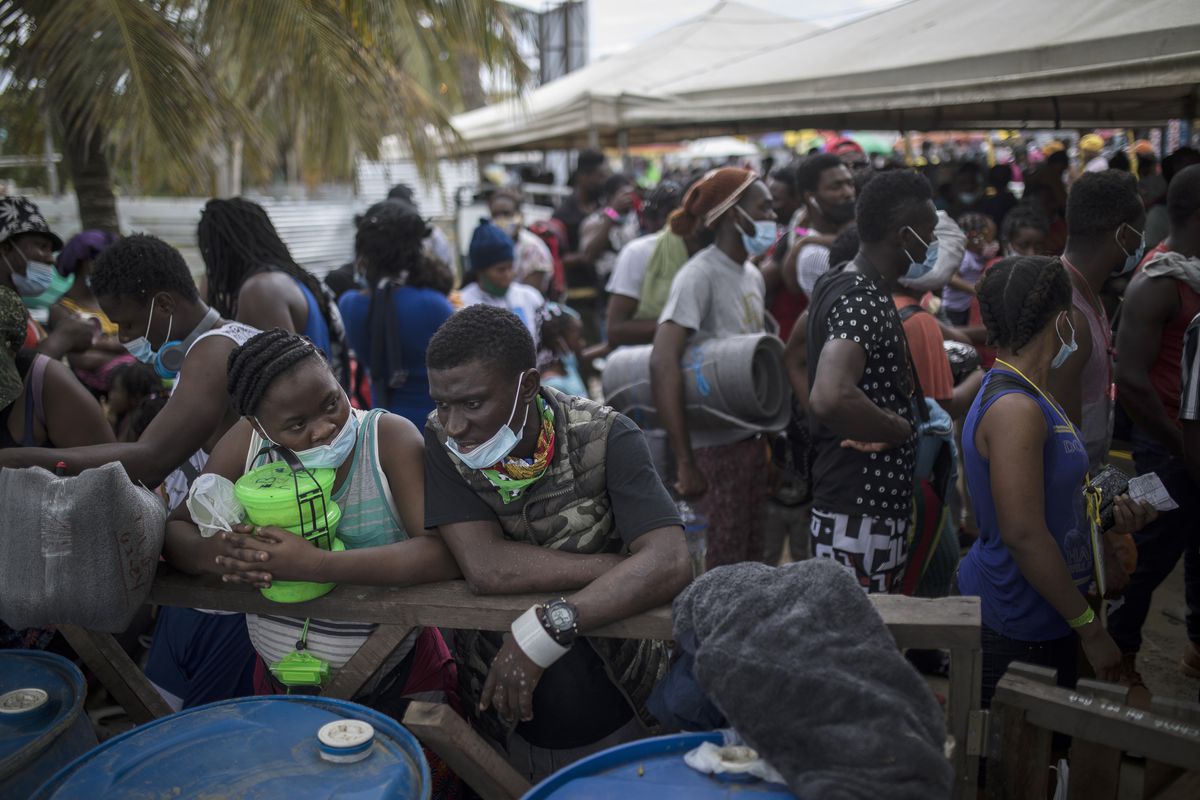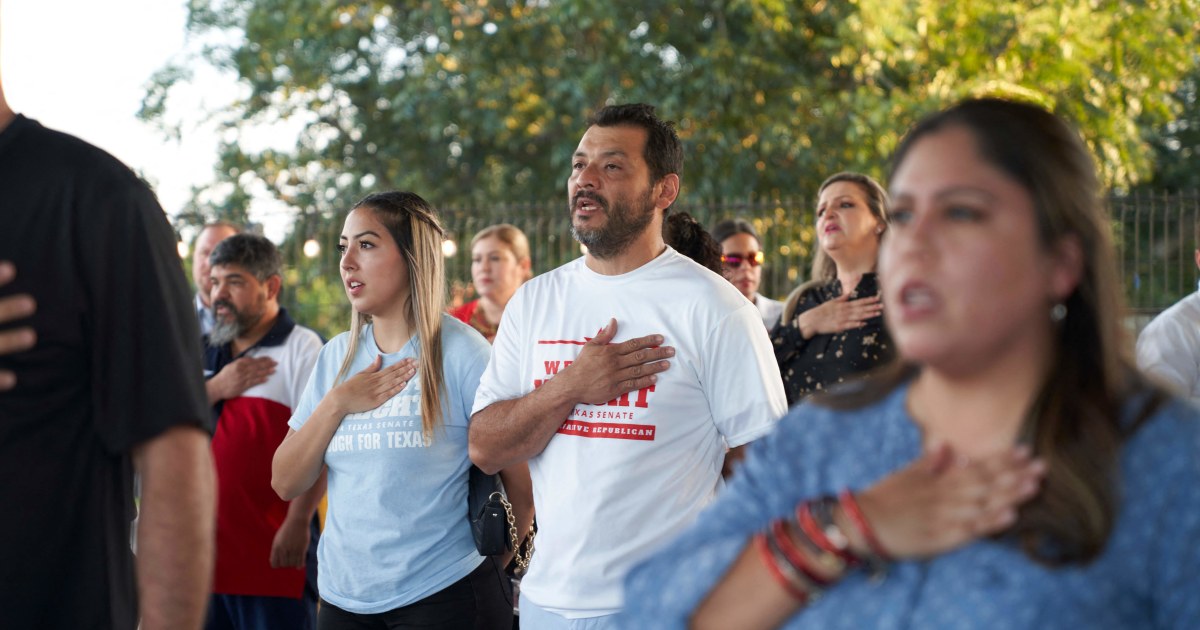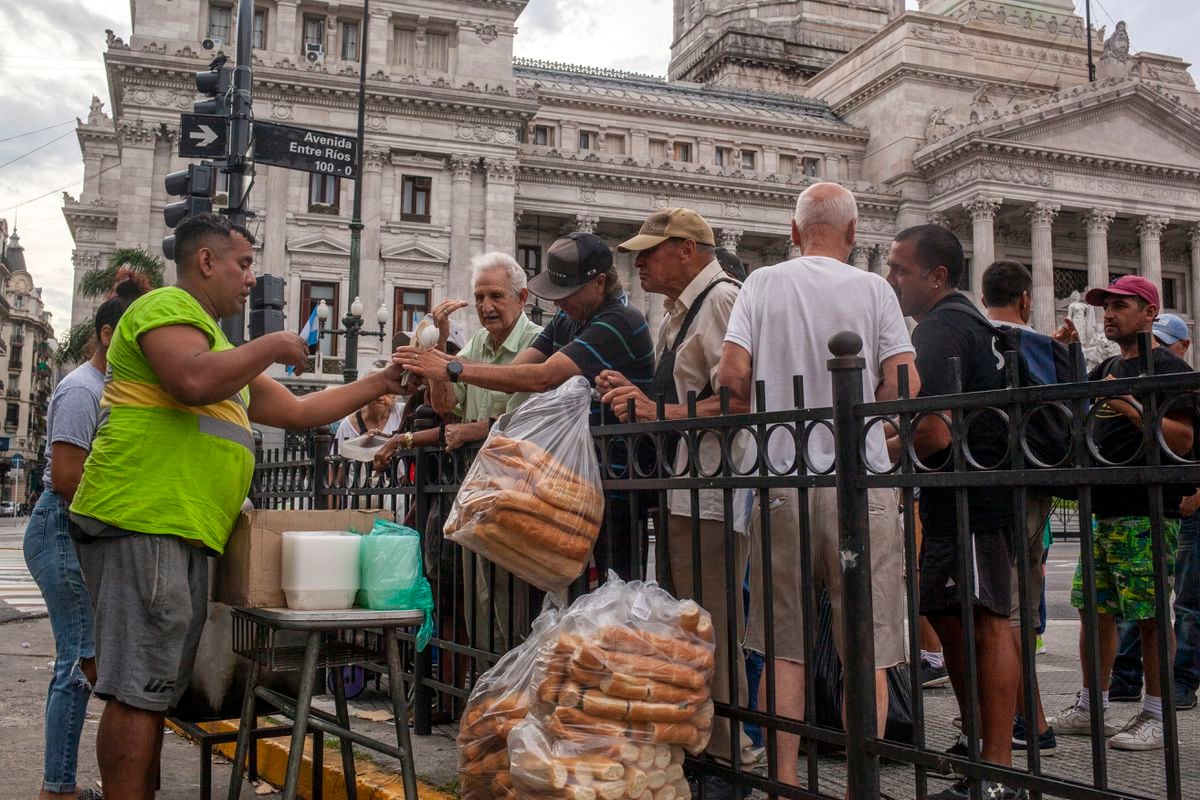Haitian migration has been roaming Latin America for a decade and has once again become visible in an inhospitable place: the jungle border between Colombia and Panama. Thousands of stuck migrants have turned the Colombian municipality of Necoclí into a funnel before entering the isthmus through the Darién Gap and continuing their journey through Central America to the north, with the United States as the desired destination and Mexico as a new host territory for the exodus of that Caribbean nation. This crisis with unprecedented numbers has highlighted the pilgrimage of a population that crosses the continent, while Haiti remains mired in another peak of instability, one more, after the assassination of President Jovenel Moïse.
Both Colombia and Panama are only transit countries, the authorities agree. Although the number of Haitians on that border pales in comparison to the Venezuelan diaspora, which is counted in the millions, it constitutes a constant flow of tens of thousands of irregular migrants who arrive not from the Caribbean but from the south of the continent, mainly from Brazil and from Chile, where they fled after the 2010 earthquake. On this risky route through the Darien, one of the most dangerous forests in the world, they are accompanied to a lesser extent by Cubans, Asians and Africans, the so-called “extracontinental migration”.
They come from the porous border with Ecuador, and Migración Colombia insists that it is not a new phenomenon but a historical flow that has had peaks of more than 35,000 people in one year. However, the agency recognizes as "alarming" the current numbers, which far exceed those antecedents. So far this year, the Panamanian authorities registered 46,000 people through that border, 18,000 in July alone. More than 20,000 appear as Haitians, by far in first place, followed by 8,000 Cubans. But the proportion is actually higher: the records show 1,500 Brazilian citizens and nearly 3,000 Chileans who actually correspond to children of Haitians born in those countries, who welcomed the first waves of the post-earthquake exodus, presumably under 11 years of age.
The dense Panamanian jungle has a dry season, from October to March, and it is rainy the rest of the year.
Migrants usually cross the Darien in the dry season to avoid additional dangers such as rising rivers and muddy terrain, explains Santiago Paz, of the International Organization for Migration (IOM) from Panama.
"This year, even in this rainy season in which we find ourselves, flows continue to increase," he warns.
Join EL PAÍS now to follow all the news and read without limits
Subscribe here
The migratory earthquake
Although instability is recurrent in Haiti, the poorest country in the Western Hemisphere, the exodus has a clear trigger: the devastating earthquake of January 12, 2010. Since then, Haitians have migrated to South America, mainly to Brazil, which in that time At the moment I was thirsty for manpower to build the infrastructures for the 2014 World Cup and the 2016 Rio de Janeiro Olympic Games. They came to the South American giant mainly through the states of Acre and Amazonas, in the north of the country. Until August 2020, there were more than 143,000, with a strong presence in São Paulo and Rio Grande do Sul, on the border with Argentina.Most obtained permanent residency for humanitarian reasons, and Haitians became one of the largest immigrant and refugee communities until they were overtaken by Venezuelans in 2018.
The pandemic, however, reduced that flow. Without job opportunities and with the economy stopped, many have tried to move to other countries and the number of requests for residence and refuge fell, according to data from the Immigration Department of the Brazilian Ministry of Justice. In 2020, 6,613 refugee requests were registered, 40% less than the previous year.
Chile, with a dynamic economy —at least in macroeconomic numbers—, became the next destination for many of them. But in the last decade, Haitians who emigrated to the Australian country have begun to leave it heading north as well. Although there are no official data, Carlos Figueroa, from the Jesuit Migrant Service (SJM), confirms the exodus. “We have been talking with organizations in Chile and elsewhere in Latin America. Reports from the Government of Nicaragua indicate that 76% of the Haitian population that arrives in that country comes from Chile. It is a fact, ”says Figueroa, who works to promote the dignity and rights of migrants and refugees.
It is a trend that can be seen in the Haitian community itself. Jean Claude Pierre-Paul, a Haitian social worker who arrived in Chile in 2008, before the massive arrival began in 2014-2015, assures: “My compatriots are heading to the border of Mexico and the United States. They make a route between Chile, Peru, Brazil, Colombia, Panama, Guatemala, Honduras until they reach Mexico ”, explains Pierre-Paul, human rights activist and member of the Haiti-Chile Reflection Space. Pierre-Paul denounces that today migrants take three to four years to obtain a permanent stay in the country. "In Chile, no other state institution takes so long to respond to a request," he says.
According to official data, more than 1.4 million foreigners reside in Chile. The Haitian community represents 12.5% and is in third place after the Venezuelan (30.7%) and the Peruvian (16.3%). According to the Jesuit Migrant Service, Haitians who have left the country represent a greater number than those who entered both in 2019 and 2020 and in the first four months of 2021. It is a trend that had not been registered since 2010.
The sociologist María Emilia Tijoux, an academic at the University of Chile, assures that for years foreigners considered it an interesting place to live, but currently "there are people who are leaving, because the country produces fear", according to the interviews they have carried out. and the information they obtain from the Haitian community itself. For Tijoux, “Chilean society in general evaluates migrants negatively” and “the Haitian community has been especially punished and subjected to mistreatment and abuse of all kinds”. Those who stay, he says, "know that they must resist a national and racist way of being," he says.
Among the factors that have hindered the inclusion of Haitians in Chilean society, Figueroa, the Jesuit Service researcher, points to discrimination, difficulties in getting a decent job - they get jobs that tend to be precarious compared to other nationalities. and the problems to regularize their papers, because the Government asks for a criminal record document that is especially difficult for Haitians to obtain.
The new migratory flow to the north seems to be driven by friends and relatives who tell them about the benefits of living in developed countries such as the United States or Canada.
But no one explains the enormous risks of the journey to them.
In addition to thousands of kilometers of road, the route includes armed groups, human trafficking and days of walking in a humid jungle plagued with animals and insects.
IOM is preparing a regional campaign in Creole, “parle verité” (speak the truth), with testimonies that warn of the dangers they face.
⇲ Minors, on the rise
The Darien pass, between Colombia and Panama, is the bottleneck through which, sooner or later, a majority of migrants of Haitian origin who go to the United States cross. As the beginning of the pandemic was left behind, irregular traffic along this border has been recovering, reaching levels of around 300 daily arrests. Of the more than 28,000 counted since January 1, around 20,000 come from Haiti; 8,000, from Cuba. As seen previously, in addition, a good part of those who transit from South America (Brazil or Chile) ultimately have a Haitian origin. And, increasingly, they are minors.
In January 2021, only 204 minors were identified in irregular transit through Darién.
In February there were 364. But in July the figure was close to 3,000.
More than 1 in 5 of the non-regular steps correspond to minors, reproducing a pattern that has already been observed in other Latin American borders (particularly, in the Mexican ones), and with an equally complex original trigger.
❇︎
Mexico, a new destination
In the increasingly difficult road to reach the United States, Mexico is becoming a new place of welcome. According to statistics from the Mexican Refugee Assistance Commission (Comar), at the end of July 13,253 Haitians had requested asylum, to which were added, again, more than 1,700 people registered in the statistics as Chilean and more than 1,000 as Brazilians who, in reality, are the children of Haitians born in those two countries.
"We think that at the end of the year we are going to have impressive numbers of Haitians," Andrés Ramírez, head of Comar, tells EL PAÍS. “I would have thought that with the assassination of President Moïse there would be a significant departure of Haitians. But the people who keep coming to Mexico do not come from Haiti. They are those who were in Chile, those who were in Brazil. With the resources they obtained after working and living in these countries for several years, they have a better chance of being able to leave and flow north at a time when the Brazilian economy and the situation in Chile have worsened considerably ”, he explains.
In 2019, Mexico went from being almost exclusively a country of transit for migrants to the United States to also becoming a host country. This year, the Mexican authorities hope to exceed the unprecedented number of 100,000 asylum applications, something that Ramírez attributes to the more restrictive policies of Washington in recent years and the support networks that they have established for migrants in Mexico. Haitians are the second nationality of origin of those who ask for protection, only surpassed by Hondurans.
According to Dana Graeber, IOM's head of the Mexico mission, many have family or friends already established in the country, although the US remains the ultimate goal for many of them. His agency began to detect an increase in the arrival of Haitians in May, when "fewer restrictions on the borders coincided with a slightly more positive outlook [towards migrants] due to the arrival of the Biden administration" and the worsening situation of the countries where they were living in recent years.
Mexico became a destination country for Haitians in 2017. At the end of 2016, Washington lifted a deportation exemption for migrants from that country that it had established after the 2010 earthquake and that made those arriving undocumented unable to be expelled . That left many stranded on Mexico's northern border, especially in Tijuana, where over the years a large Haitian community has established itself and finds employment opportunities in the maquiladora industry. But this year, Comar is detecting the unprecedented arrival of Haitians to seek refuge on the southern border, in Tapachula, in Chiapas, the “poorest” state in Mexico and with the least capacity to receive this population.“The situation is very difficult because the shelters are either closed or they are in low capacity and they are all oversaturated,” explains Graeber. Another critical knot in Latin America.




/cloudfront-eu-central-1.images.arcpublishing.com/prisa/G7J25I4OOHXVW446UNDNGJQBVA.jpg)
/cloudfront-eu-central-1.images.arcpublishing.com/prisa/RJECWNQSME4ZC4AJX4NFKPPWMY.jpg)









